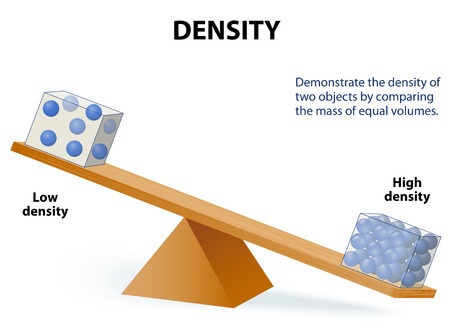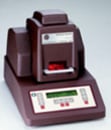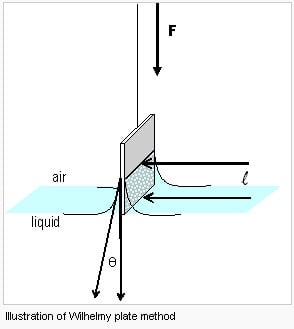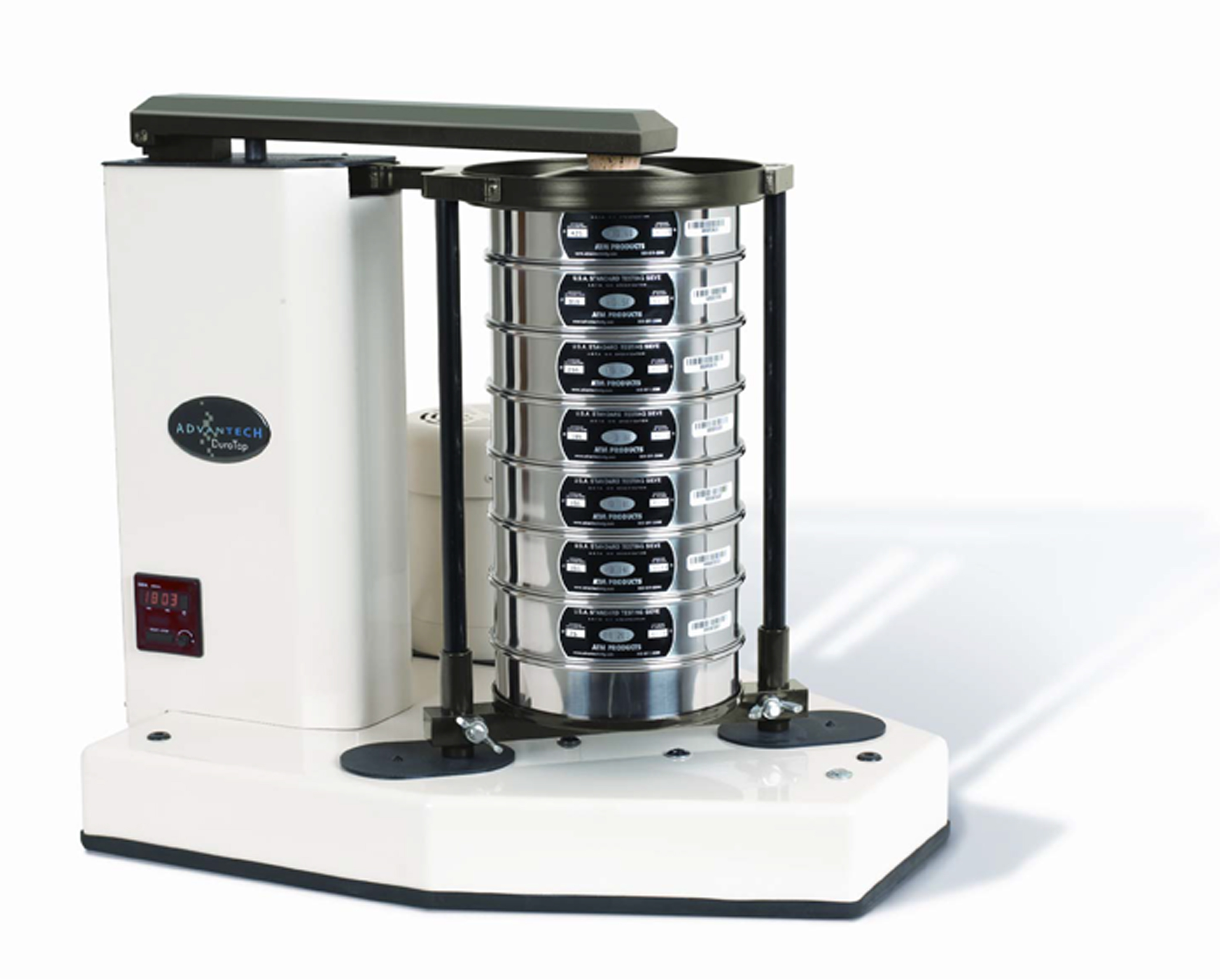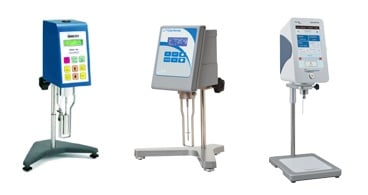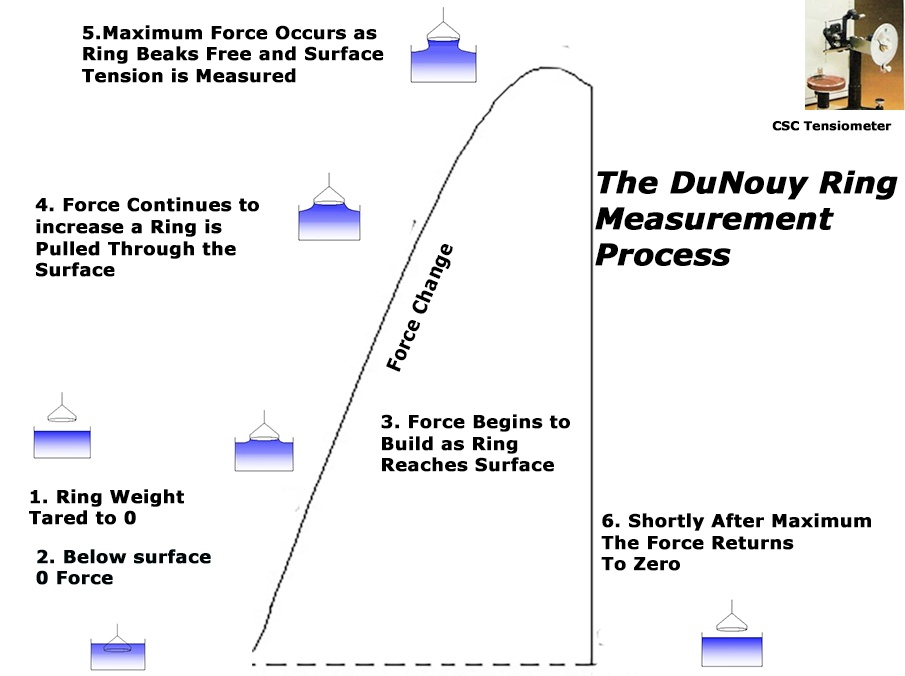We’ve all heard of Density since general science class in middle school. "The weight of a 12 ounce Coke." That’s pretty simple.
Read MoreArt Gatenby
Recent Posts
Topics: Liquid Properties, density, oscillating u-tube, liquid density
What are Liquid Properties? Why Should Anyone Care?
Posted by Art Gatenby on Aug 10, 2017 2:59:24 PM
The first question is, "What are Liquid Properties?" Are they some kind of underwater real estate?
Read MoreTopics: Automatic Surface Tension Measurment, Measure Viscosity, Consistency, contact angle, Liquid Properties, density
Loss on Drying (LOD) Moisture Balance analysis is based on drying a sample and comparing the difference in weight before and after drying.
Topics: Moisture Testing, Loss-On-Drying, moisture balance
Topics: Automatic Digital Tensiometer, Automatic Surface Tension Measurment, Surface Tension Measurement, Surface Tension, du Nouy tensiometer, Liquid Properties, surface tension instruments, surface tension analysis, Digital tensiometer, automatic Tensiometer
Quiet Sieve Shakers
Recently in a quiet, reflective moment, I recalled my first work with sieve shakers. Horizontal motion with tapping was the basic shaker design. The Ro-Tap® was King, and there were few alternatives. Different shakers for special applications, such as the Mary Jane and one that was hung from the ceiling, were the exception.
Read MoreTopics: Sieve Shakers, Sonic Sifter, Particle Size Analysis, Quiet sieve shakers, RoTap, Noisy Sieving, sieving, Endecotts, vacuum sievers
You probably know that rotational viscometers work by measuring the torque on a vertical shaft that rotates a spindle. The spindle is in the test sample and its rotation is impeded in proportion to the viscosity of the sample. These instruments measure viscosity.
Read MoreTopics: Viscometers, Viscosity, Liquid Properties
An understandable definition of surface tension: “The attraction force between molecules at the surface of a liquid. The force that keeps if from flying off into space”.
Read MoreTopics: Tensiometer, Surface Tension Measurement, Surface Tension, actual surface tension, apparent surface tension, Liquid Properties
Topics: Surface Tension, contact angle, contact angle meter, dynamic contact angle, Liquid Properties
When we first started measuring moisture with Karl Fischer, I was instructed in the complex chemical reactions involved. I was also was told that the process was skittish.
Read MoreTopics: Coulometric Karl Fischer, Volumetric Karl Fischer, Moisture Testing, Karl Fischer, Karl Fischer Titration, Moisture
For several years, people in the test sieving business have been grousing about the difficulty of making sure that a test sieve certification is what they need. Anyone who is working with close tolerances in the smaller particle sizes, like 300 microns and smaller, have serious issues in matching results from test sieve to test sieve.
Read MoreTopics: Mid-Point Sieves, Calibration, Sieve Calibration, Sieve Certification, Sieve Testing, Sieves, Sieve Analysis

